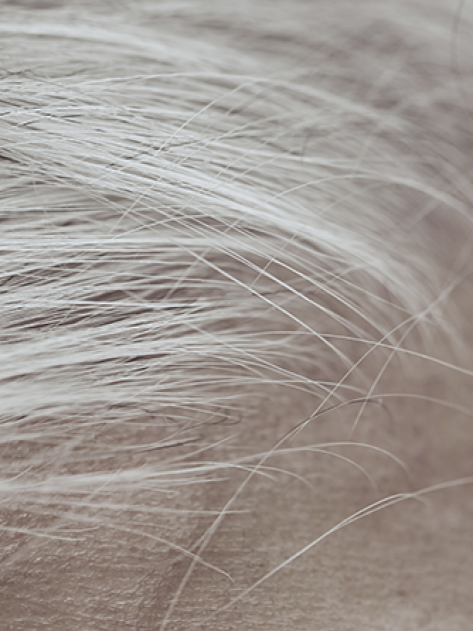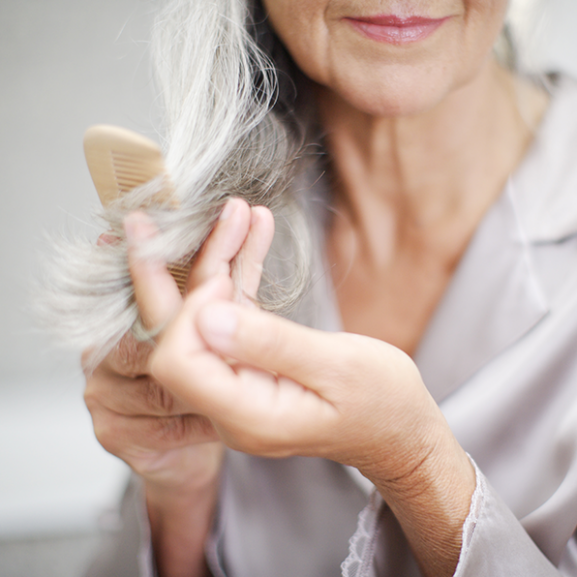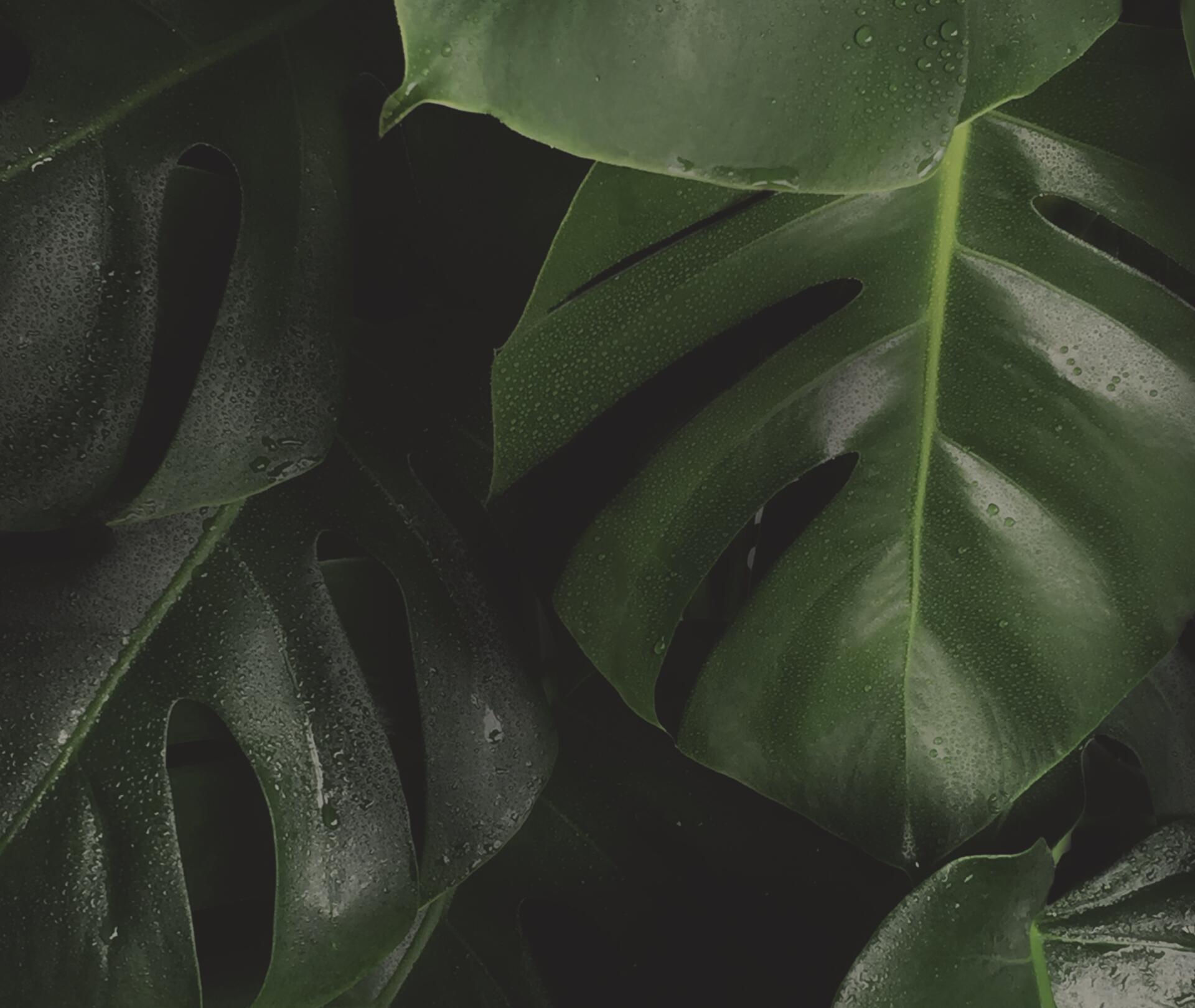
Camouflaged or embraced, white hair sometimes plays with our heads!
Why and how does it happen to us?
White hair is simply hair that no longer produces color.
It all starts at the root with the melanocytes. These cells located at the base of the hair follicle are specifically responsible for producing melanin, the natural coloring agent of hair.
It’s known that melanin is involved in the process of skin coloring and tanning. The same is true for hair color.
The melanin diffuses its colored pigments into the core of the developing hair shaft. As such, the hair is colored as it grows.

But when the skin cells that synthesize melanin known as melanocytes stop producing it, the hair is no longer pigmented. It grows white.
From the moment the hair turns white, it will always grow back white. The phenomenon remains unavoidable even if scientists remain hopeful about finding a solution to stop white hair!
White hair, which used to be feared, is now seen as a form of freedom and a sign of fully embraced self-confidence. Some people even go as far as bleaching their hair to show off their increasingly fashionable white hair!
Grey hair is purely an optical illusion.
In reality,grey hair doesn’t exist. The hair has no choice: it either grows colored or white.
If melanin continues to be produced, the hair remains pigmented and grows colored. If melanin is no longer produced, the lack of pigmentation leads to a hair that grows white.

There is no possible intermediary.
However, as each hair follicle lives independently from the others, the pigmentation process can stop for some and continue for others.
The progressive whitening of the hair and the transition to gray hair is in fact a mixture of white hair and colored hair.
If white hair appears mainly with age, scientists have discovered that other factors such as stress and genetics may be responsible.
We realize that white hair generally comes with age.
As such, depending on the percentage of white hair present, the hair gradually goes from dark gray, the famous “ salt and pepper ” look, to light gray, then to white.
From the age of 40, the number of melanocytes decreases by 10 to 20% every 10 years. This causes a decrease in melanin production and the gradual arrival of white hair. The phenomenon is unavoidable and irreversible.
Stress or illness accelerates the onset of gray hair. The presence of genes involved in both pigmentation and immunity would explain the early appearance of white hair on the scalp in some people subjected to chronic stress or disease.


Genetics influence the number of white hairs.
If we compare two people of the same age: one may have a lot of white hair and the other little or none. It may be a matter of heredity. Their parents and grandparents were probably in the same situation.
Another factor to be taken into account is a person’s ethnicity.
Ethnic origin also plays a role in the appearance of first white hairs, which occurs on average at age 35 for Caucasian hair, around age 40 for Asian hair and around age 45 for African hair.

How bad is it, doctor?
Yellowing of the hair is a very common phenomenon that is actually the result of the deterioration of an amino acid. If you're looking for someone to blame, just look up: exposing your hair to the sun is the number one reason for this deterioration.

The first time
Until now, any sign of wisdom was not really my thing: even the slightest white hair horrified me. Since I was 30 years old, I have dyed my hair every color, even with plant-based, homemade dyes. It was tedious, it cost money, and it was a race, in vain, against time—against myself.

Me, my hair, etc.
This is the story of very white hair, which first appeared when she was 17 years old. Mathilde tried to cover them up for years, and then stopped. Today, barely thirty, she lets them live.

Trend book
There's no age-limit to turning back time. Should you aim for a youthful style? Or accept the years like a fine wine? Here are some ideas to find your ideal balance.
